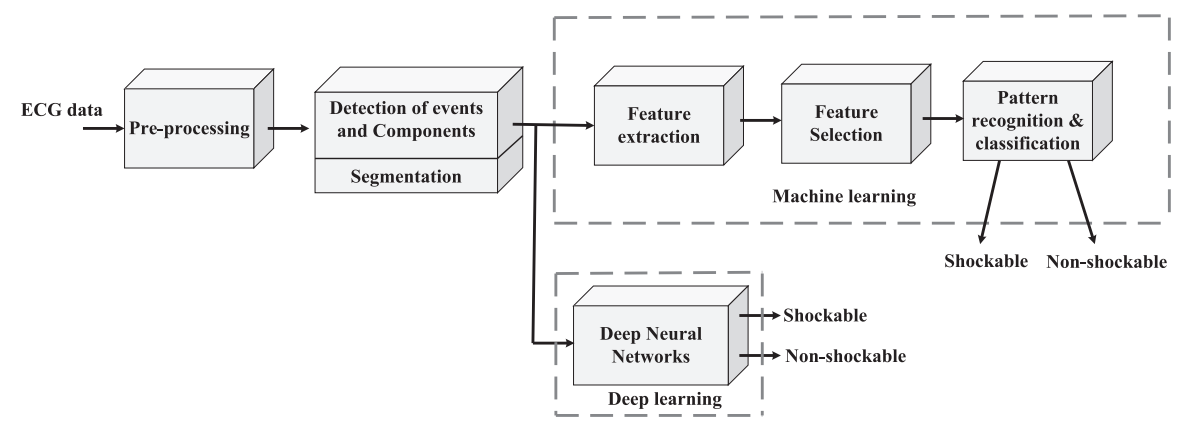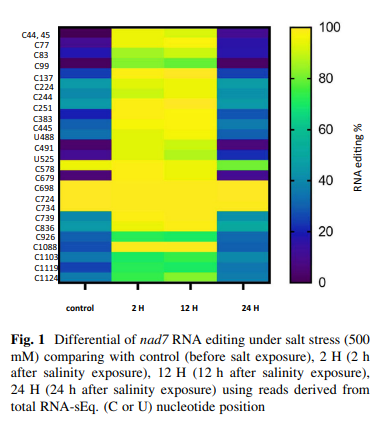
Automated detection of shockable ECG signals: A review
Sudden cardiac death from lethal arrhythmia is a preventable cause of death. Ventricular fibrillation and tachycardia are shockable electrocardiographic (ECG)rhythms that can respond to emergency electrical shock therapy and revert to normal sinus rhythm if diagnosed early upon cardiac arrest with the restoration of adequate cardiac pump function. However, manual inspection of ECG signals is a difficult task in the acute setting. Thus, computer-aided arrhythmia classification (CAAC) systems have been developed to detect shockable ECG rhythm. Traditional machine learning and deep learning methods are now progressively employed to enhance the diagnostic accuracy of CAAC systems. This paper reviews the state-of-the-art machine and deep learning based CAAC expert systems for shockable ECG signal recognition, discussing their strengths, advantages, and drawbacks. Moreover, unique bispectrum and recurrence plots are proposed to represent shockable and non-shockable ECG signals. Deep learning methods are usually more robust and accurate than standard machine learning methods but require big data of good quality for training. We recommend collecting large accessible ECG datasets with a meaningful proportion of abnormal cases for research and development of superior CAAC systems. © 2021 Elsevier Inc.


